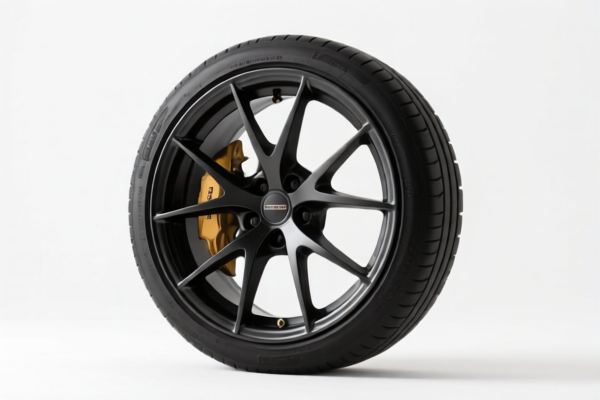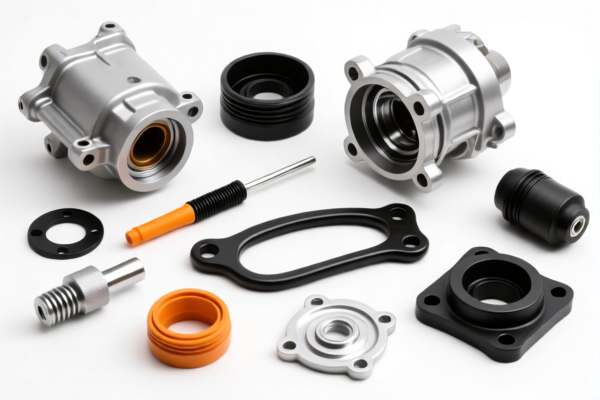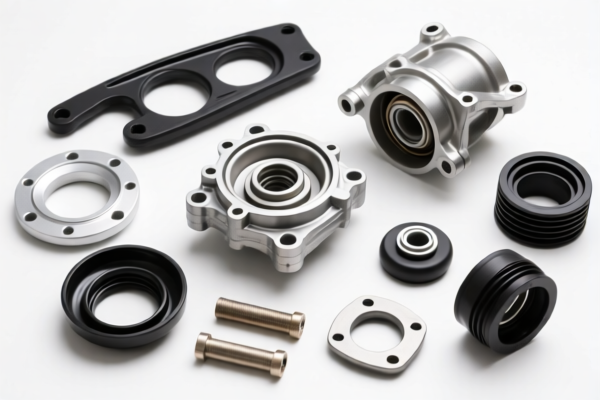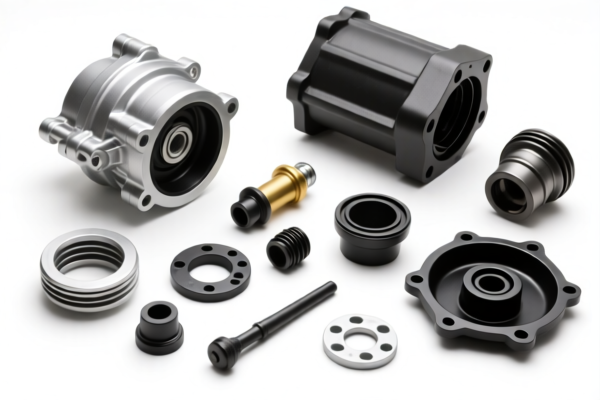Found 9 matching results
(CN → US)
| HS Code | Official Doc | Tariff Rate | Origin | Destination | Effective Date |
|---|---|---|---|---|---|
| 8712004800 | Doc | 66.0% | CN | US | 2025-05-12 |
| 8712005000 | Doc | 3.7% <u></u>+55.0% | CN | US | 2025-05-12 |
| 8714921000 | Doc | 5% <u></u>+55.0% | CN | US | 2025-05-12 |
| 7326908605 | Doc | 82.9% | CN | US | 2025-05-12 |
| 7326908605 | Doc | 82.9% | CN | US | 2025-05-12 |
| 6701003000 | Doc | 59.7% | CN | US | 2025-05-12 |
| 6701006000 | Doc | 59.7% | CN | US | 2025-05-12 |
| 6703003000 | Doc | 37.5% | CN | US | 2025-05-12 |
| 6703006000 | Doc | 37.5% | CN | US | 2025-05-12 |




Bicycle Rim
A bicycle rim is the outer circular component of a bicycle wheel, holding the tire and tube. It is a crucial component influencing wheel strength, weight, aerodynamics, and ride quality.
Material
- Aluminum Alloy: The most common material due to its balance of cost, weight, and strength. Different alloys are used to optimize for specific applications (e.g., higher strength for downhill, lower weight for climbing).
- Carbon Fiber: Lighter and stiffer than aluminum, offering improved acceleration and handling. More expensive and potentially more susceptible to damage from impact.
- Steel: Historically common, now primarily found on budget bikes or for specialized purposes like cargo bikes where durability is paramount. Heavier and less efficient than aluminum or carbon fiber.
- Magnesium: Rarely used due to cost and corrosion concerns, but offers very low weight.
Purpose
- Tire Support: Provides a stable base for the tire, maintaining its shape and air pressure.
- Wheel Strength: Contributes significantly to the overall strength and rigidity of the wheel, resisting impacts and deformation.
- Braking Surface (for rim brakes): Acts as the friction surface for rim brakes, allowing the bicycle to slow down and stop.
- Aerodynamics: Rim profile can influence aerodynamic drag.
Function
The rim works in conjunction with the hub, spokes, and tire to create a functional wheel.
- Spoke Hole Configuration: The arrangement of spoke holes (number, pattern) affects wheel strength, stiffness, and truing ease.
- Rim Bed: The internal shape of the rim supports the tire and prevents it from slipping off.
- Valve Hole: Accommodates the valve stem for inflating the tire.
- Clincher, Tubeless, Tubular Compatibility: Rim designs differ to accommodate different tire/tube systems.
Usage Scenarios
The appropriate rim type depends on the intended use of the bicycle:
- Road Cycling: Lightweight aluminum or carbon fiber rims for efficient acceleration and climbing.
- Mountain Biking: Stronger aluminum rims with wider profiles to accommodate wider tires and handle rough terrain. Tubeless compatibility is common.
- Downhill/Enduro: Very robust aluminum rims designed to withstand significant impacts.
- Gravel Cycling: Aluminum rims with wider profiles for increased tire volume and comfort. Tubeless compatibility is common.
- Commuting/Urban Cycling: Durable aluminum rims for everyday use.
- BMX: Strong, double-walled aluminum rims designed for stunts and impacts.
Common Types
- Clincher Rims: The most common type. Tires are held in place by air pressure and a bead that hooks into the rim.
- Tubeless Rims: Designed for use with tubeless tires, which do not require an inner tube. Offer lower rolling resistance and reduced risk of pinch flats.
- Tubular Rims: Used with tubular tires, which are glued directly to the rim. Primarily used in professional road cycling due to their low weight and high performance.
- Single-Wall Rims: Lighter but less durable, typically found on older bikes or budget models.
- Double-Wall Rims: Stronger and more durable than single-wall rims, the most common type for modern bicycles.
- Wide Rims: Increasingly popular, especially for mountain biking and gravel cycling, allowing for wider tires and lower tire pressures.
- Carbon Fiber Rims: Lightweight and stiff, often with aerodynamic profiles. Can be clincher, tubeless, or tubular.
- Rim Brake vs. Disc Brake Rims: Rim brake rims have a machined braking surface, while disc brake rims do not.
自行车车圈的归类涉及车辆零件,具体如下:
- 8714.92.10.00:
- 87章: 运输工具及其零件;飞机、直升机、其他飞行器;船舶及其辅助设备。本章涵盖了各种运输工具及其构成部分。
- 8714: 车辆的零件和附件;非机动车(包括送货三轮车)。
- 8714.92: 其他零件和附件。
- 8714.92.10: 其他:车轮圈和辐条:车轮圈。
- 税率详情:基础关税 5%,加征关税 25%,2025.4.2后加征关税 30%。总税率 5%+55%。
根据提供的参考资料,与“自行车车圈”相关的HS编码选项有限,仅找到以上1个。
Customer Reviews
JamesHarris
关于不同类型自行车轮毂的信息非常有用。我学到了很多关于Clincher轮毂和无内胎轮毂之间的差异。
RachelWilson
HS编码8714.92.10.00正是我一直在寻找的。该页面让我轻松找到并理解了关税细节。
DavidClark
页面上有很多有用的信息,但我发现有点令人不知所措。可能多一些结构会有帮助。
EmilyBrown
不同类型轮毂及其材料的说明非常棒。它帮助我为我的砾石自行车选择了合适的轮毂。
MarkTaylor
对自行车轮毂5%的基础关税和额外55%的关税有清晰的解释。这让我在准备出口文件时节省了很多时间。